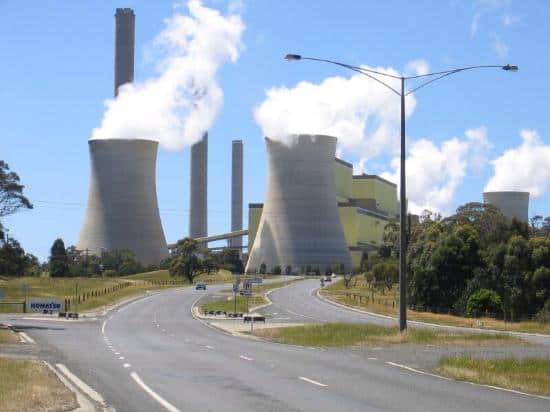Alinta Energy have applied to the Western Australia Department of Water and Resources to clear 160 hectares at the proposed site of its Pilbara solar farm.
Pilbara Solar Farm | Alinta Energy

The planning application send through to the department is for permission to clear the 160 hectares of the site and also lays out a planning application for the Pilbara solar farm.
“The clearing will be required so that Alinta Energy Transmission (Chichester) Pty Ltd (Alinta) can build, own and operate a solar field located adjacent to Fortescue Metals Group’s (FMG’s) Christmas Creek Substation in the Pilbara region of Western Australia (the Project),” the application says, according to RenewEconomy, who have quoted ‘solar industry insiders’ who estimate the size of the solar farm to be around 60MW (Alinta haven’t announced the size of the proposed farm yet).
“The Project will supply FMG’s Christmas Creek mine site with power to support ongoing mining operations” the report continues.
It’s understood that the project will probably use single axis tracking and hopefully usurp the current energy for the Christmas Creek mine – an expensive and ecologically unfriendly 58MW diesel plant. This goes to show how important renewable energy in resources is – especially when you’re dealing with a site far from the grid. Some of these mines use an astronomical amount of power and having as much as possible of that power requirement coming from renewable energy is a fantastic step in the right direction for the resources industry in Australia.
Last month Alinta made a development application for the 65km energy transmission line which would link the Christmas Creek mine with the Cloudbreak mine – so this gives us a bit of an idea as to what they are hoping to achieve in the future. Don’t be surprised if you hear more about this solar farm and a whopping great battery to go with it! Watch this space.


